Şebinkarahisar
Şebinkarahisar is a district of Giresun. It became a province in 1923 and was connected to Giresun province in 1933. In 1473, while Fatih Sultan Mehmet was returning to Istanbul after the Battle of Otlukbeli, he stopped by Şebinkarahisar and this city, where he stayed for three days, was recorded as Karahisar-ı Şarki in the chronicles of the period. In his speech to the young people at the Turkish Hearth on October 12, 1924, Gazi Mustafa Kemal Pasha said, "I liked this city very much. I propose that the name Şarkikarahisar be changed to Şebinkarahisar as a sign of the continuation of this love." He himself gave the current name of the district by including his statements. The district's demand to become a province continues from past to present. As of 1895, about one third of the population of Şebinkarahisar center consisted of Armenians. In 1901, there were two Armenian schools in the city where 332 male and 105 female students attended. Antranik Ozanyan, one of the leaders of the Armenian Revolutionary Federation (Dashnak) party, was born in Şebinkarahisar. During World War I, Şebinkarahisar Armenians decided to resist the deportation decision and took refuge in the castle with their women and children. In the attacks during the 25-day rebellion, there were 84 dead and 140 injured from the Turkish military forces, including two officers, and 30 dead and 20 injured from the Muslim population. Şebinkarahisar district has the Southern Giresun-North Sivas (Suşehri/Koyulhisar/Alucra) culture. Drums, zurna and kemenche are seen together. In Şebinkarahisar and its surroundings, where the Kelkit Valley culture is dominant, horons with halay character are predominant.




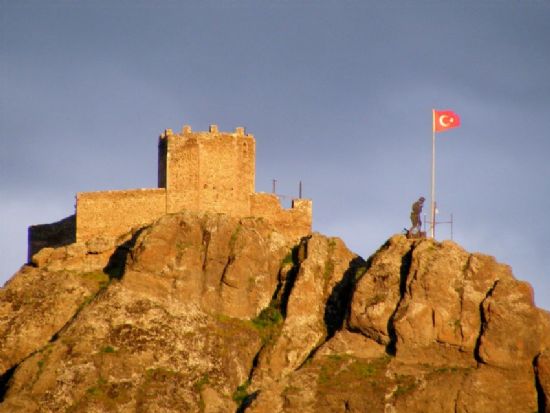
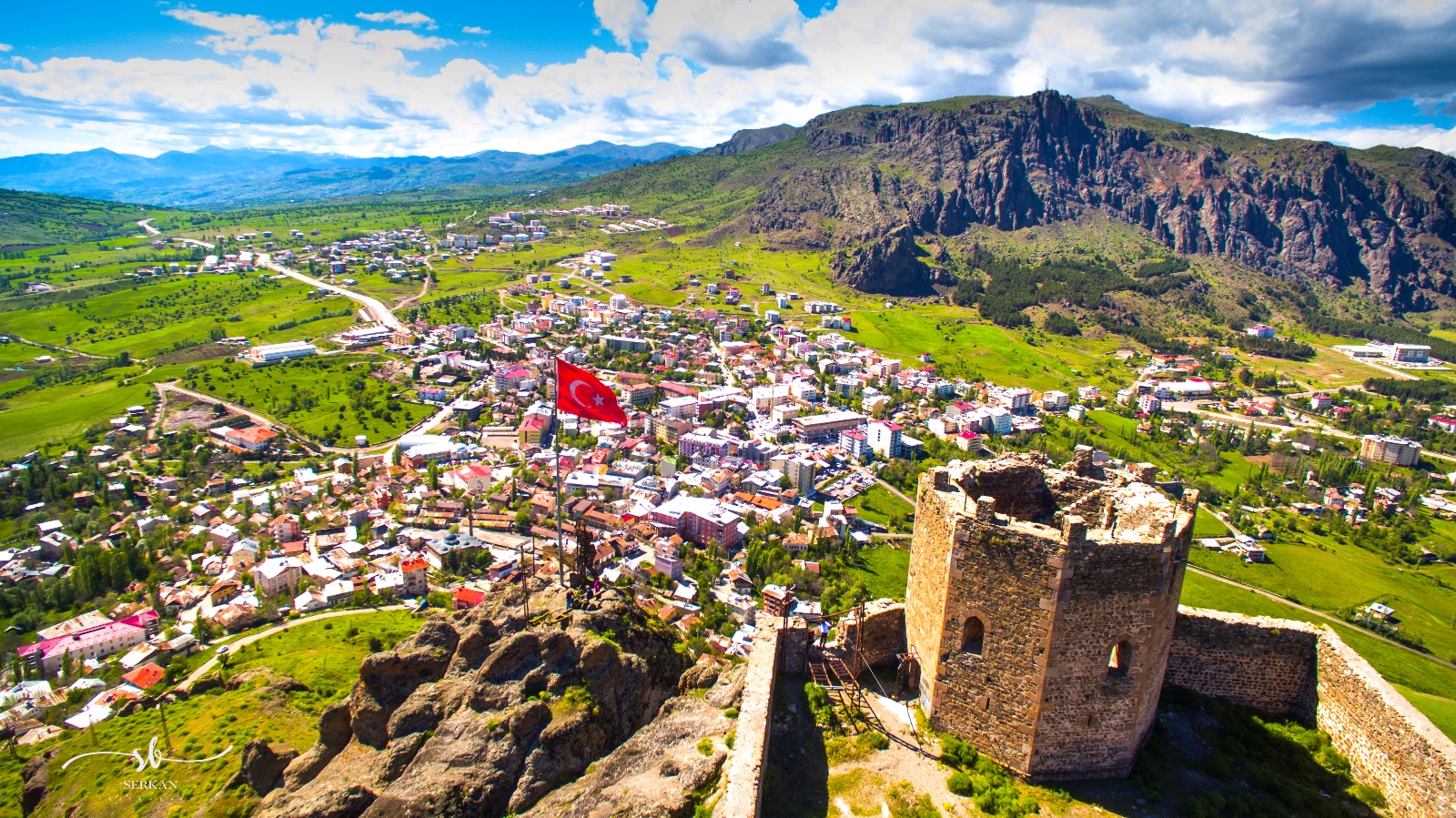
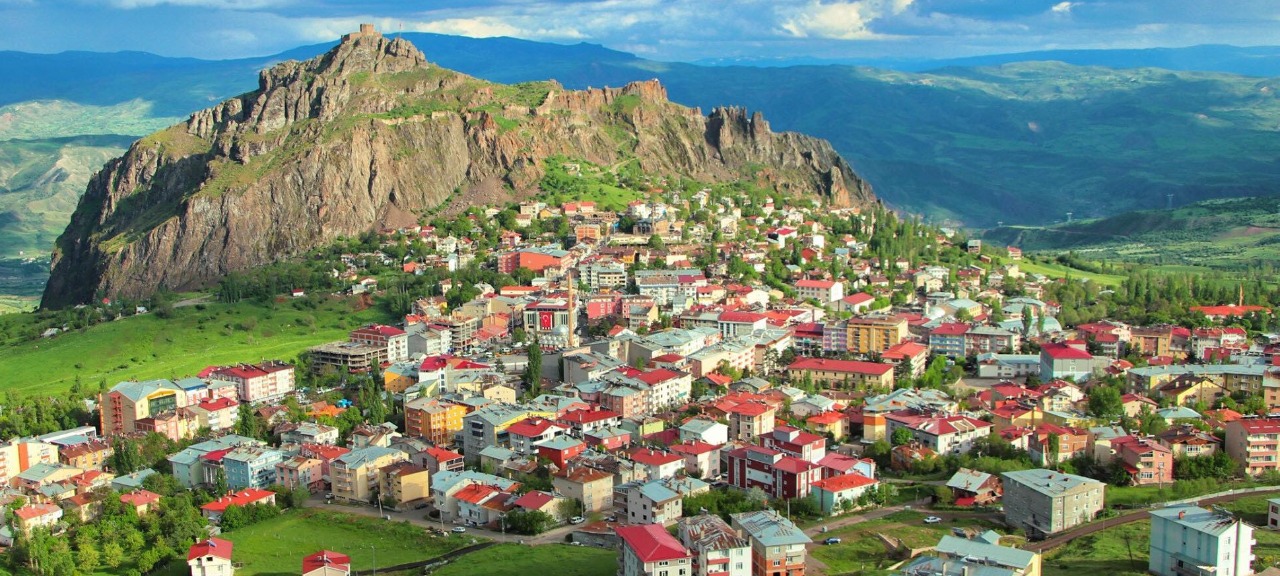
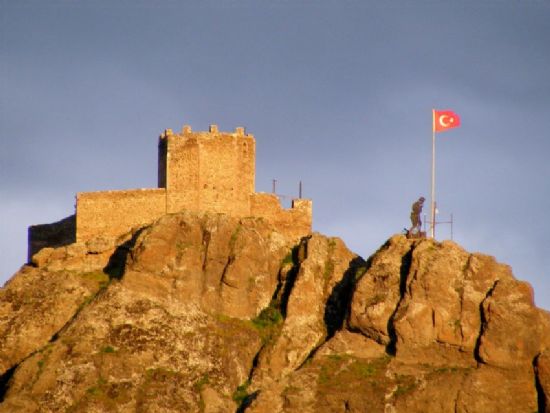
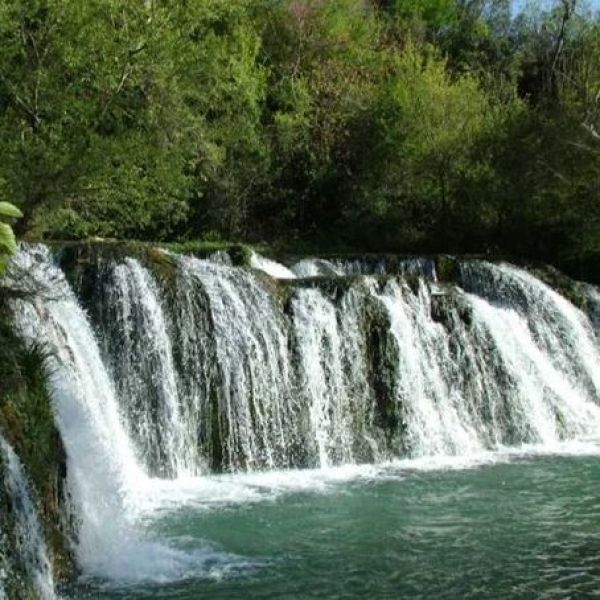
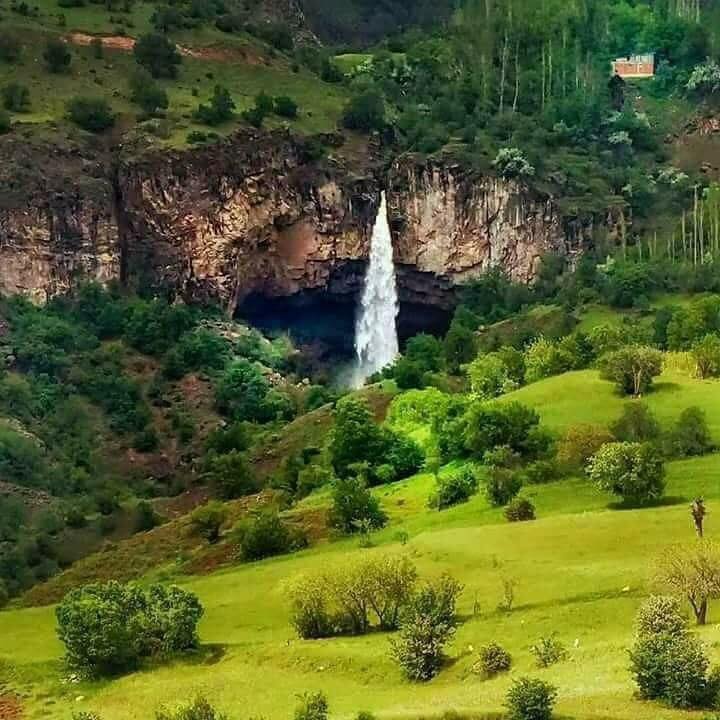
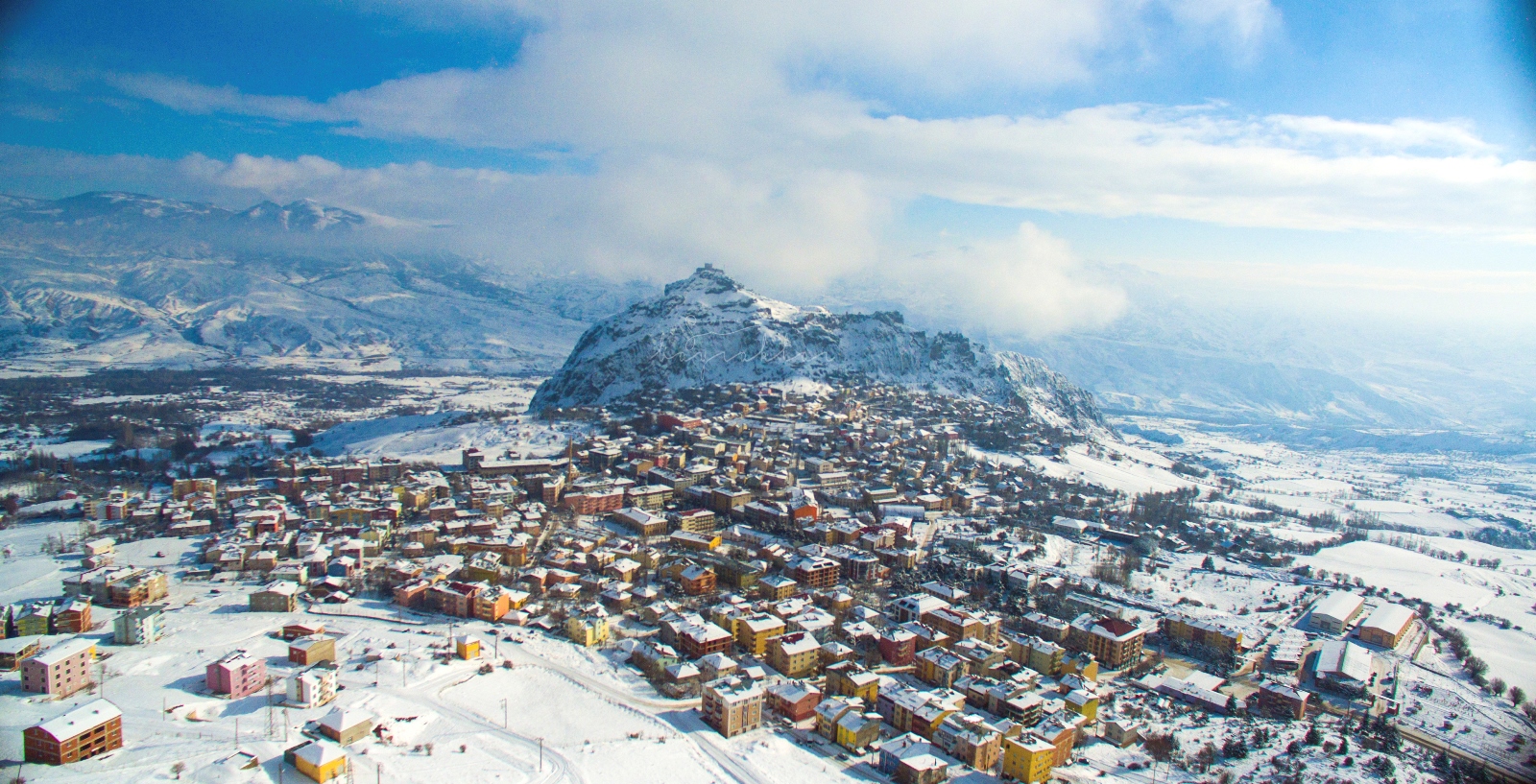
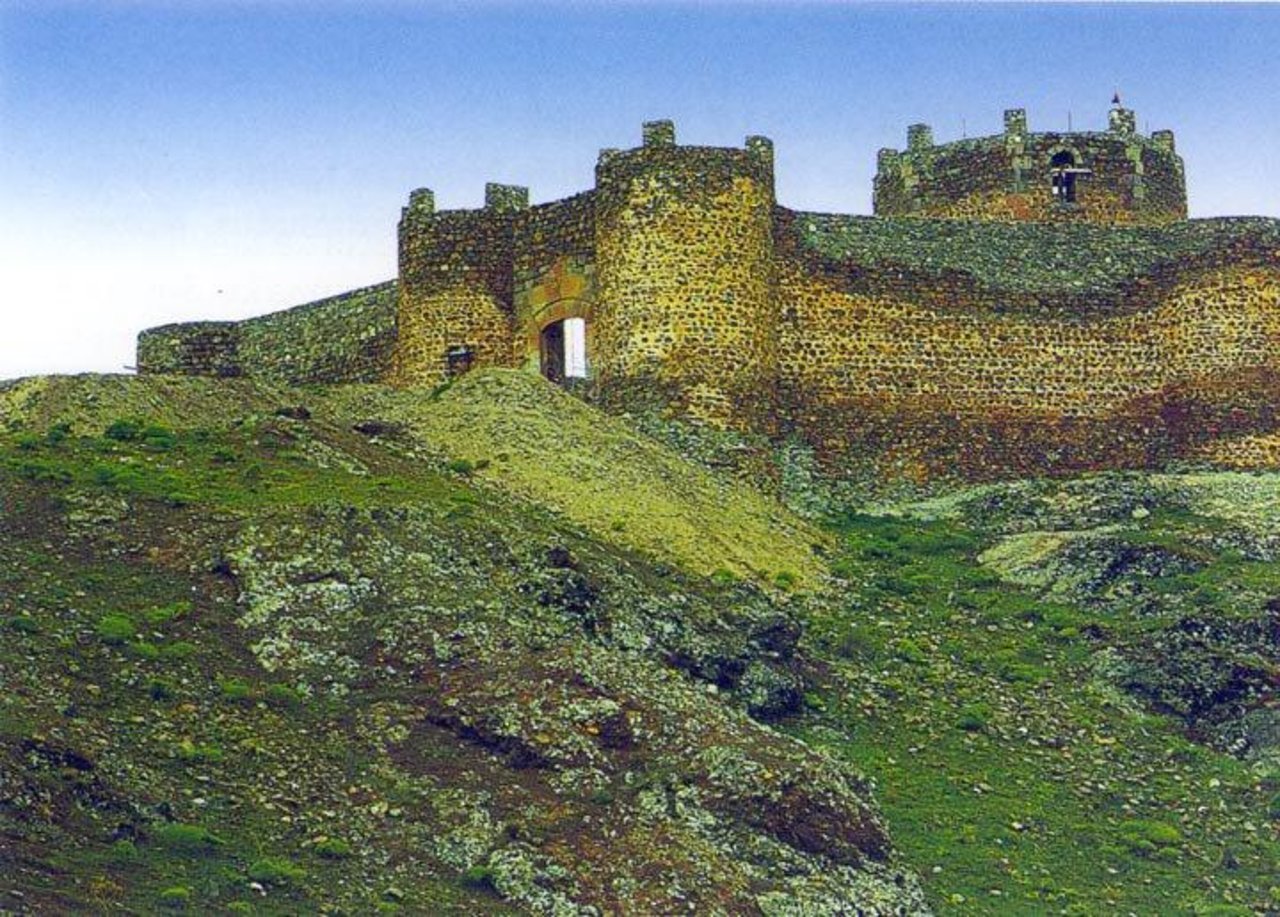
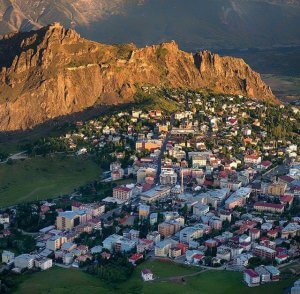
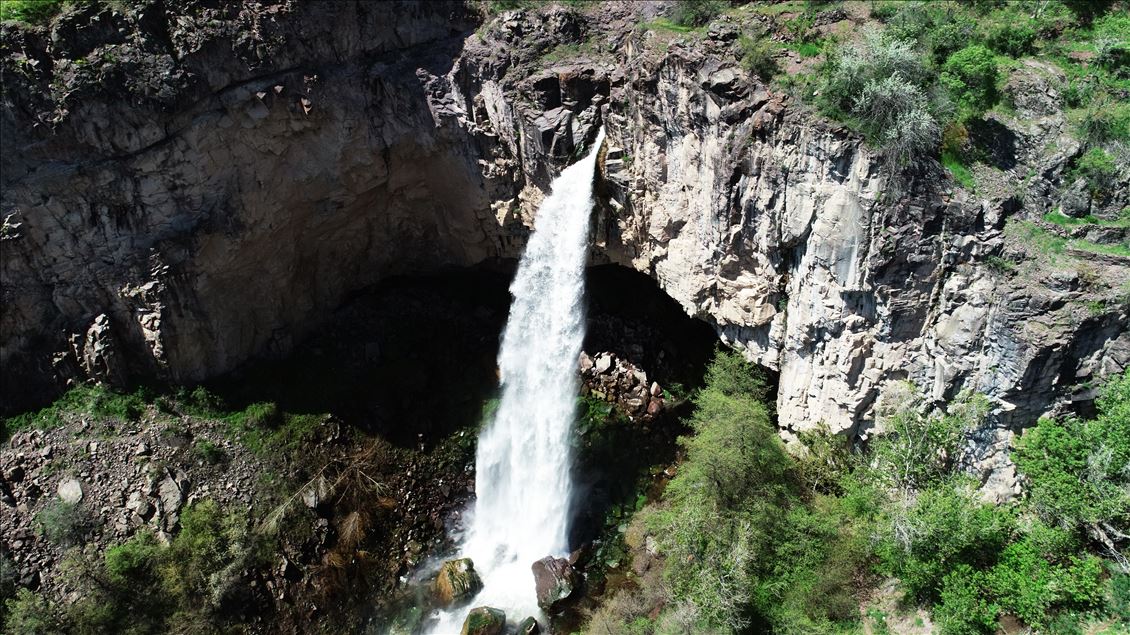
Leave Your Comments